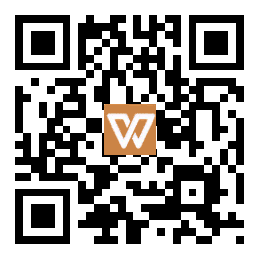Embracing Emotions: The Power of the Depression Emoji in Mental Health Conversations
In the digital age, emojis have become an integral part of our communication, allowing us to express a wide range of emotions with just a simple symbol. While emojis are often associated with joy, laughter, and love, there is a growing recognition of the need for emojis that represent more complex and nuanced emotions, including depression. The introduction of the depression emoji has sparked conversations and opened doors for individuals to express their struggles with mental health in a more accessible and relatable way.
The depression emoji serves as a visual representation of the emotional turmoil experienced by individuals battling depression. It depicts a face with a downward gaze, a downturned mouth, and a subtle shading that conveys a sense of sadness and emptiness. This simple symbol allows individuals to communicate their feelings of depression in a concise and universally understood manner, bridging the gap between words and emotions.
The inclusion of the depression emoji in our digital lexicon has profound implications for mental health conversations. It provides a means for individuals to express their emotions and experiences without the need for lengthy explanations or fear of being misunderstood. The depression emoji creates a sense of validation and recognition, reminding those who struggle with depression that they are not alone in their journey.
Furthermore, the depression emoji helps to destigmatize conversations surrounding mental health. By incorporating this symbol into our everyday digital interactions, we normalize discussions about depression and encourage empathy and understanding. The presence of the depression emoji in our virtual conversations can serve as a catalyst for open dialogue, fostering a supportive and compassionate environment for those who may be silently battling their own mental health challenges.
It is important to note that the depression emoji is not a substitute for professional help or a comprehensive understanding of mental health. However, its introduction into our digital communication landscape can act as a stepping stone towards seeking support and initiating conversations about mental well-being. It serves as a reminder that it is okay to not be okay and that reaching out for help is a sign of strength.
The power of the depression emoji lies in its ability to transcend language barriers and cultural differences. Emojis are a universal language that allows individuals from all walks of life to connect and relate to one another on a deeper level. The depression emoji, with its simplicity and symbolism, has the potential to create a sense of solidarity and understanding among individuals who have experienced or are currently experiencing depression.
In conclusion, the introduction of the depression emoji represents a significant step forward in destigmatizing mental health conversations and providing a means for individuals to express their emotions more effectively. It serves as a powerful tool for validating experiences, fostering empathy, and encouraging open dialogue surrounding depression. As we continue to embrace the power of emojis in our digital interactions, let us remember the importance of using them responsibly and empathetically, creating a virtual space where individuals can find solace, support, and understanding.
